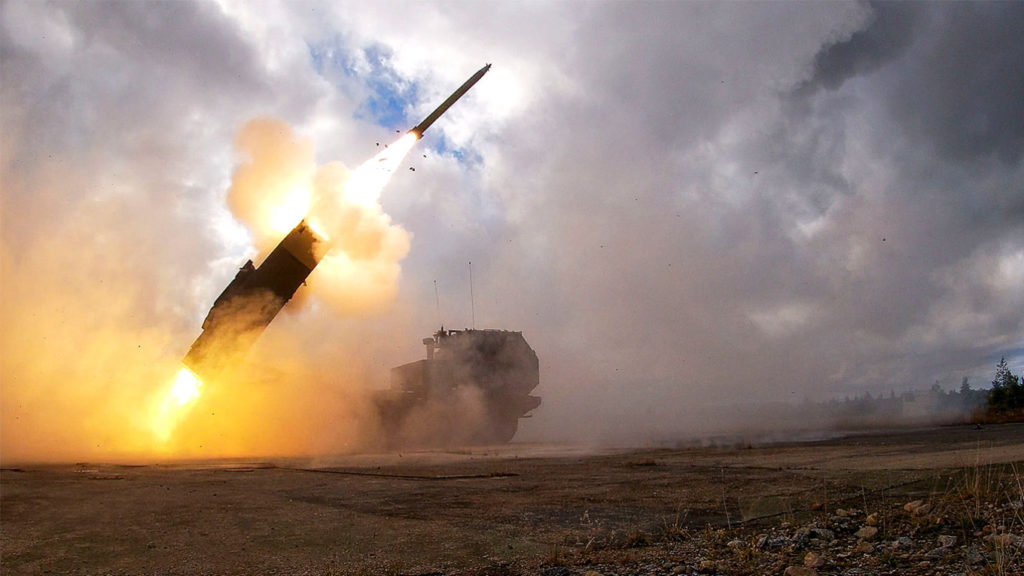Defense One: Ukraine war drives US military to combine HIMARS rockets with suicide drones

The war in Ukraine has underscored the US Army’s need to close a critical gap in its long-range and short-range fires capabilities, Defense One reports. According to Gen. James Mingus, vice chief of staff of the Army, the service is now turning to drones and loitering munitions to fill the “delta” in mid-range firepower.
“We’re imagining a future where instead of it just being all tube,” Mingus said during a discussion at the Center for Strategic and International Studies on Wednesday.
The future force structure, he added, will pair traditional cannon artillery with new drone technologies and loitering munitions.
Integrating drones into traditional artillery formations
The 25th Infantry Division is currently testing a hybrid artillery model, integrating first-person view (FPV) attack drones alongside conventional systems like the M777 howitzer and the High Mobility Artillery Rocket System (HIMARS).
Under the envisioned configuration, the division would include:
- One HIMARS battalion
- One M777 howitzer battalion
- A third battalion blending mortars, 105 mm systems, FPV drones, loitering munitions, and other launched effects.
The US Army has begun simulating these force structures at both the division and corps level to test operational effectiveness in live battlefield scenarios.

Preparing for the arrival of precision strike missile
The Army is also modeling how its forthcoming long-range Precision Strike Missile (PrSM) will reshape future battlefields. This next-generation missile is expected to replace the Army Tactical Missile System (ATACMS), extending the strike range from 300 kilometers to nearly 1,000.
“Think about the difference there,” Mingus said. “How does that change the battlefield architecture and geometry for our war fighters?”
Although the PrSM won’t enter service for another few years, the Army is already training for its integration using live, but surrogate, systems.
Production сhallenges: From Ukraine to the Red Sea
Increased global demand for munitions—from Ukraine to the Red Sea—has exposed the fragility of the US military’s ammunition stockpiles. Mingus acknowledged that production rates and price points are now a major concern for critical systems.
“Our magazine depth right now is not where it needs to be,” he warned, citing depletion from conflicts in Israel, Iran, and Ukraine.
This includes missiles for the Patriot air defense system and Tomahawk cruise missiles used by the Navy in recent strikes against Houthi targets.

Scaling up munitions production: Speed is critical
To meet surge demands during future conflicts, the Army may need to rapidly increase production—from producing 500 Patriot missiles a year to as many as 10,000—and do so within days rather than months.
“We can’t afford to wait that amount of time,” Mingus said.
The only solution, he argued, lies in aggressive automation and robotics to bypass human labor bottlenecks.
“A robot doesn’t care whether it’s working 24 hours a day or 12,” Mingus added.